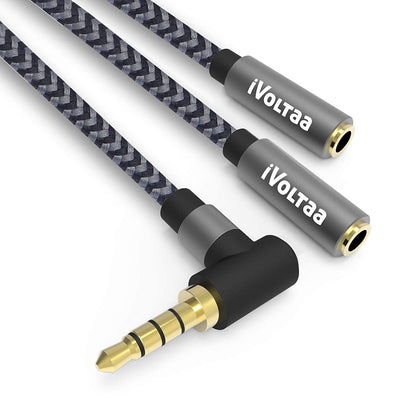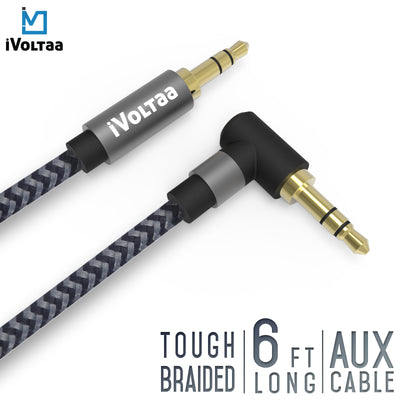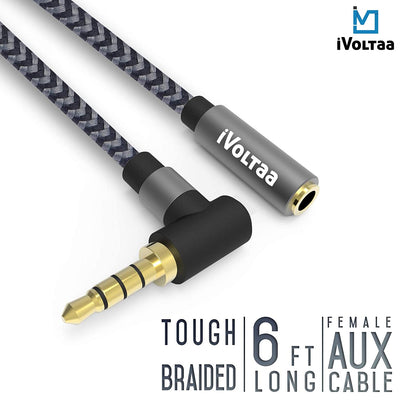Understanding Different Categories of Ethernet Cables: A Complete Guide
In today’s digital world, Ethernet cables are the backbone of wired networking, enabling fast and reliable internet connections. Whether you’re setting up a home network, office, or data center, choosing the right Ethernet cable is crucial. But with multiple categories like Cat5e, Cat6, Cat6a, Cat7, and Cat8, it can be confusing to determine which one best suits your needs. Let’s break down the key differences and help you make an informed choice.
What Are Ethernet Cable Categories?
Ethernet cables are classified into different categories (Cat) based on their speed, bandwidth, and shielding capabilities. Each newer category improves performance over the previous one, making networks faster and more efficient.
1. Cat5e (Enhanced Category 5)
🔹 Speed: Up to 1 Gbps
🔹 Bandwidth: 100 MHz
🔹 Best for: Basic home networks, small businesses
Cat5e is an improved version of Cat5, designed to reduce crosstalk (interference) and provide Gigabit Ethernet speeds. It’s a budget-friendly option but may not be ideal for future-proofing high-speed networks.
2. Cat6 (Category 6)
🔹 Speed: Up to 10 Gbps (over short distances)
🔹 Bandwidth: 250 MHz
🔹 Best for: Homes, offices, and small data centers
Cat6 cables offer better shielding and lower signal interference than Cat5e. They support 10-Gigabit speeds but only up to 55 meters. For longer distances, Cat6a is a better option.
3. Cat6a (Augmented Category 6)
🔹 Speed: Up to 10 Gbps
🔹 Bandwidth: 500 MHz
🔹 Best for: High-speed networking, business environments, data centers
Cat6a enhances Cat6 with thicker shielding, reducing crosstalk and enabling 10 Gbps speeds up to 100 meters. It’s a future-proof solution for businesses needing stable, high-speed connections.
4. Cat7 (Category 7)
🔹 Speed: Up to 10 Gbps
🔹 Bandwidth: 600 MHz
🔹 Best for: High-performance networks, gaming, smart homes
Cat7 features additional shielding to further reduce interference and improve data transmission quality. It uses GG45 connectors, making it less common than Cat6a or Cat8.
5. Cat8 (Category 8)
🔹 Speed: Up to 40 Gbps
🔹 Bandwidth: 2000 MHz
🔹 Best for: Data centers, server rooms, ultra-high-speed applications
Cat8 is the fastest Ethernet cable category, built for professional and industrial networking. It supports 40 Gbps speeds over 30 meters, making it ideal for data centers and high-performance server applications.
Which Ethernet Cable Should You Choose?
- For home use: Cat5e or Cat6 (affordable and reliable).
- For gaming & streaming: Cat6a or Cat7 (better speed & reduced interference).
- For businesses & high-speed networking: Cat6a or Cat8 (future-proof & high-performance).
- For data centers & enterprises: Cat8 (best for extreme speeds & reliability).
Final Thoughts
Selecting the right Ethernet cable depends on your speed requirements, budget, and future-proofing needs. If you’re looking for a balance between affordability and performance, Cat6a is a great choice. For cutting-edge speeds, Cat8 is the best option.
At iVoltaa, we offer a range of high-quality Ethernet cables to meet all your networking needs. Whether you need Cat6a for a business setup or Cat8 for ultra-fast data transfer, we’ve got you covered! 🚀



